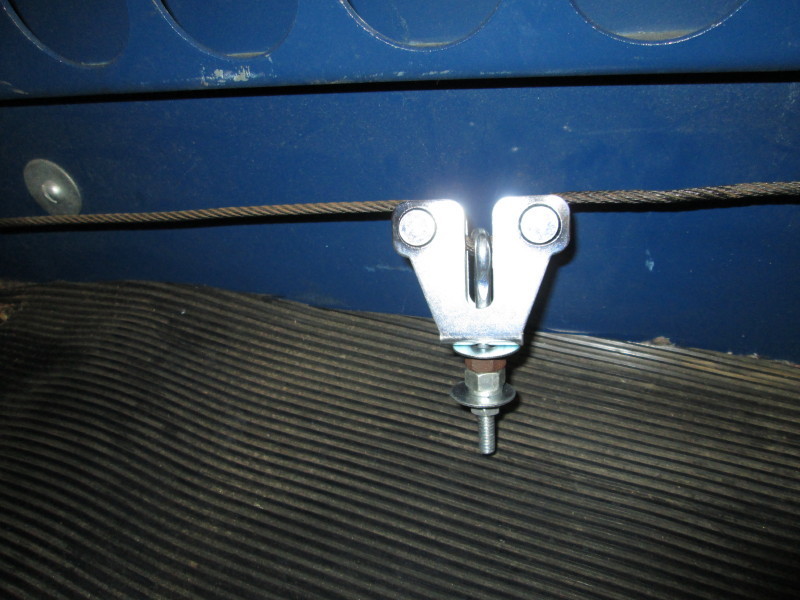I am looking for ideas on how to be able to tension an 1/8in steel cable that is roughly 2ft long and secured on both ends by cable loops and a bolt/washer going through it.
My main problem is that the part doing the tensioning would have to be super lightweight for my intended use.
Does anyone know of any super light turnbuckles or a better way of tensioning cable between to points so that it is adjustable?
My main problem is that the part doing the tensioning would have to be super lightweight for my intended use.
Does anyone know of any super light turnbuckles or a better way of tensioning cable between to points so that it is adjustable?



